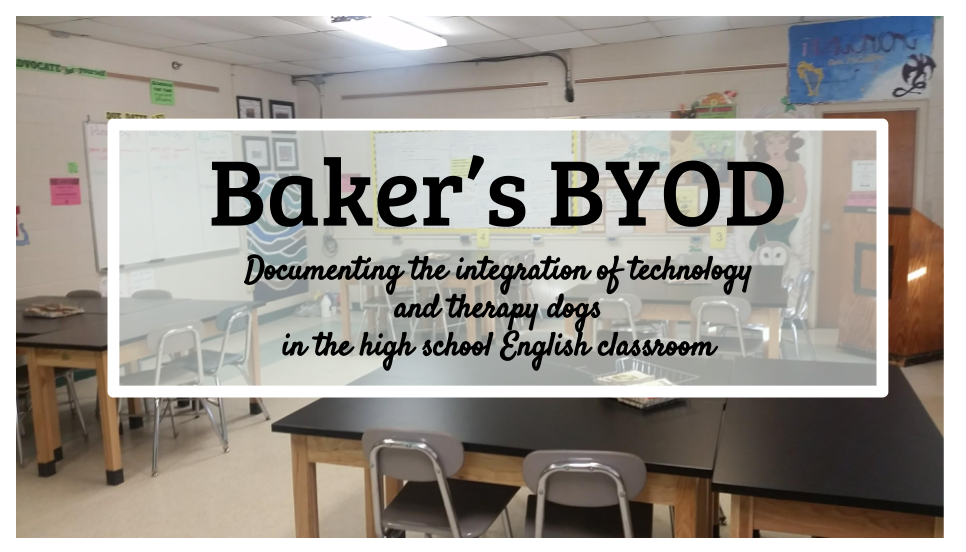How did that happen??? Well, after chatting about what I do during lunch with Jon Bergmann, Aaron Sams, and Crystal Kirch, Jon says, "I need to interview you right now for my radio show!" Say, what?! I didn't even have time to process his statement. Next thing I know, Jon finds a quiet spot, whips out his phone and starts recording and asking me questions. You can listen to the podcast of the interview with Jon Bergmann here.
That was on Sunday. On Tuesday, I presented my ISTE session, "Best Practices & Digital Tools for Feedback, Assessment, & Evaluation," to a packed room. No open seats and folks were even sitting on the floor!
@KtBkr4 getting people excited about assessing students @ISTE_OLNetwork #edtech #ISTE2015 pic.twitter.com/yz6exA52Ca— Ryan Hudson (@hudson524) June 30, 2015#ISTE2015 Nice job @KtBkr4 sharing a great set of feedback, evaluation & assessment tools pic.twitter.com/Q24ngLjZLA— Jon K Price (@JonKPriceIntel) June 30, 2015To learn how/why I got started with peer evaluation, read this.
Since my student teaching days, I've been refining my peer evaluation process, and with Google Apps for Education, the process has become paperless. Google Classroom makes it easy to manage the workflow. Keep in mind, the following steps take place over the course of a week or so. Students get their writing evaluated by classmates, and then the writers evaluate their evaluators. The objectives of this process are centered on fostering a community of writers and having a dialogue about student work. Students are engaging in an analytical, reflective, and metacognitive process.
GOOGLE CLASSROOM STEPS:
- Create an assignment in Google Classroom for students to turn in their writing.
- Create a Google Form for the peer evaluation. I use a combination of rubrics: checklist of requirements, numerical qualities, and Outstanding/Satisfactory/Unsatisfactory (OSU) to assess quality.
- Share the writing pieces with the class. Classroom will automatically put all student work in to an assignment folder which you can share with the class. I prefer to set the permissions to "Anyone with link can COMMENT." When you change the folder settings, it will change every document in the folder to match the sharing permissions of the folder.
- Create an announcement where you provide the link to the shared folder and the Google Form for evaluation. Students open folder, select essays to read and evaluate on the Google Form. I encourage students to do at least 5 different evaluations.
- Create another Classroom assignment for analyzing the evaluations. I create a template Google Doc with guiding questions and have Classroom create a copy for each student and I attach the master spreadsheet for the students to copy/paste their particular data. Students analyze their data and agree/disagree with the itemized evaluations as well as the whole evaluation. They must provide evidence to support their agreement/disagreement with the evaluations.
- Create another Google Form for the Evaluation of the Evaluator. Writers will fill out the form providing their evaluator with feedback on the quality of the evaluation. I've also used the Autocrat add-on to auto deliver the feedback to a Google Doc for each evaluator instead of doing the next step.
- Create another Classroom assignment for analyzing the evaluation of the evaluator with another Google Doc template (again set it so Classroom generates a copy for each student to edit) and the link to the spreadsheet attached. Students copy/paste their corresponding data on to their Google Doc and analyze/reflect on how well they evaluated their classmates.
Throughout this entire process, I am monitoring the students and checking the spreadsheets. If I see something out of joint (someone isn't pulling his/her weight), I will speak directly to the student and provide redirection. Students are also allowed to talk to one another while working on the evaluations. I keep an ear on the conversations and will jump in as needed.
So I know this process is an overwhelming amount to digest at once. I do not do all of this right away. I scaffold the process and gradually ease students into this. Here is my instructional design:
Marking period 1: Foster an open community by getting students accustomed to sharing their work. Everything from worksheets to quick writes is shared with a neighbor. I also have students post their finished work to our Share Our Work small group and Scribe City group in Edmodo (more on the Edmodo groups in another blog post). We do quick peer evaluation activities on paper to start and by the end of the marking period use Google Forms. We have discussions on how to evaluate each other's work with students writing self-evaluations. No formal evaluations of the evaluator just yet.
Marking period 2: We maintain our open community, but the writing tasks and peer evaluations have increased in complexity and length. We no longer use paper to evaluate, everything is on Google forms. Students still complete self-evaluations and begin to use Google Forms to evaluate the evaluator.
Marking period 3: Pull it all together! Students engage in the entire process completing formal evaluations of writing tasks and the evaluators. Everything is on Google Forms and in Classroom.
Marking period 4: Continue. Continue. Continue. As a final project, students write up a final self-reflection as a writer and evaluator examining their growth through out the entire year.
So that is it in a nutshell. Did I lose you through all of this? Need clarification? PLEASE, share and let me know what you do with your students. I am continually tweaking this process, so I value your contributions!

No comments:
Post a Comment